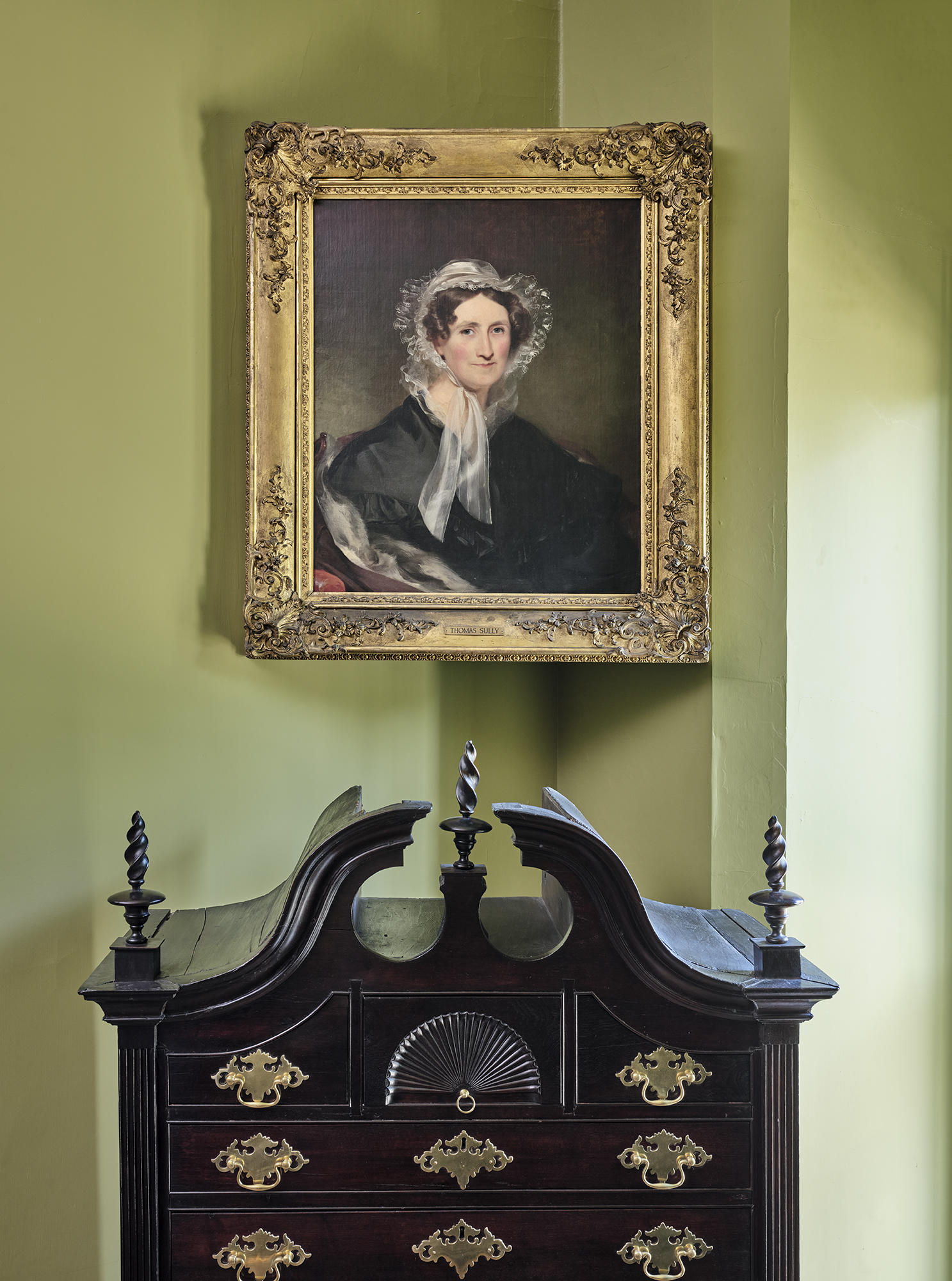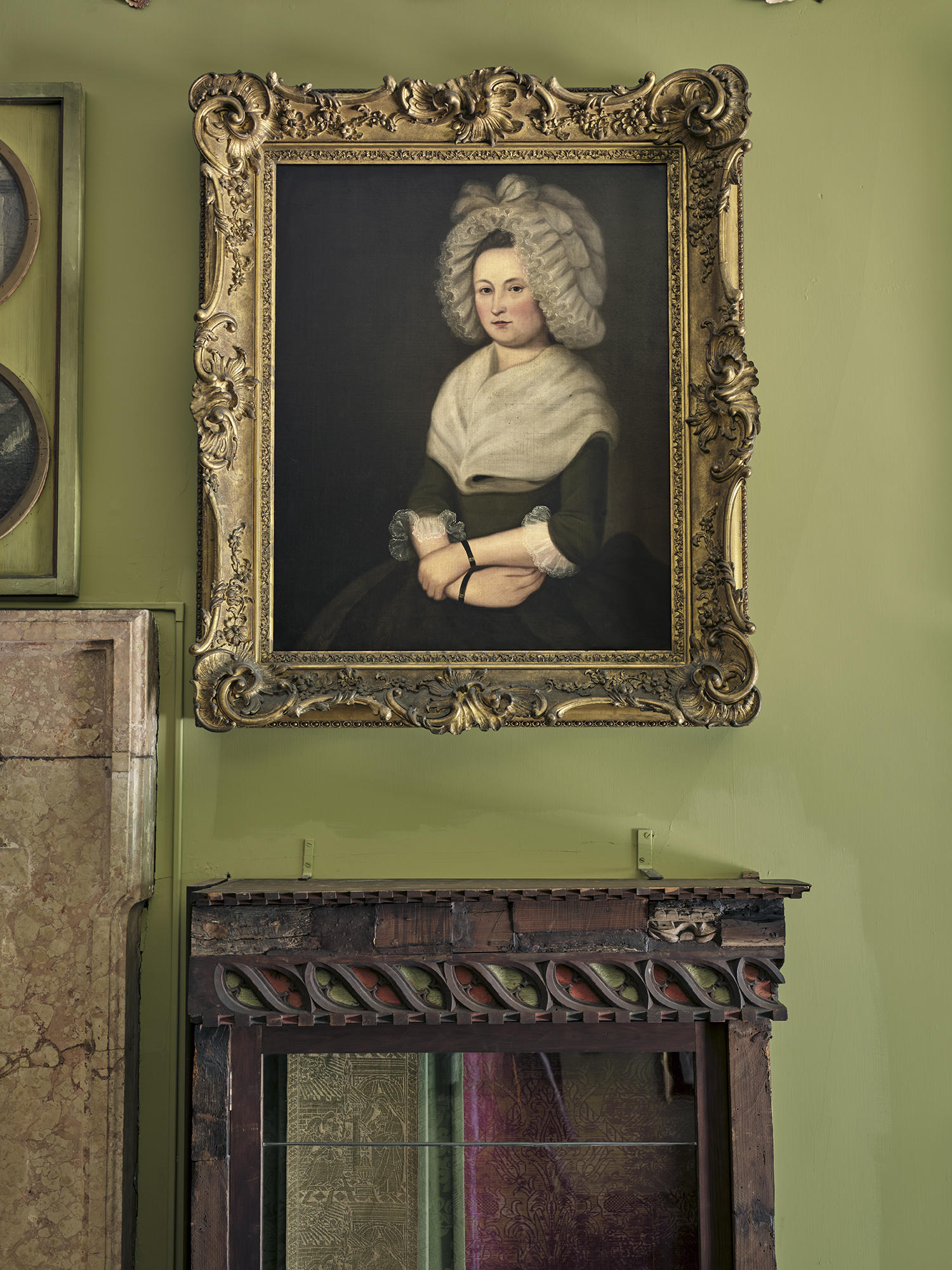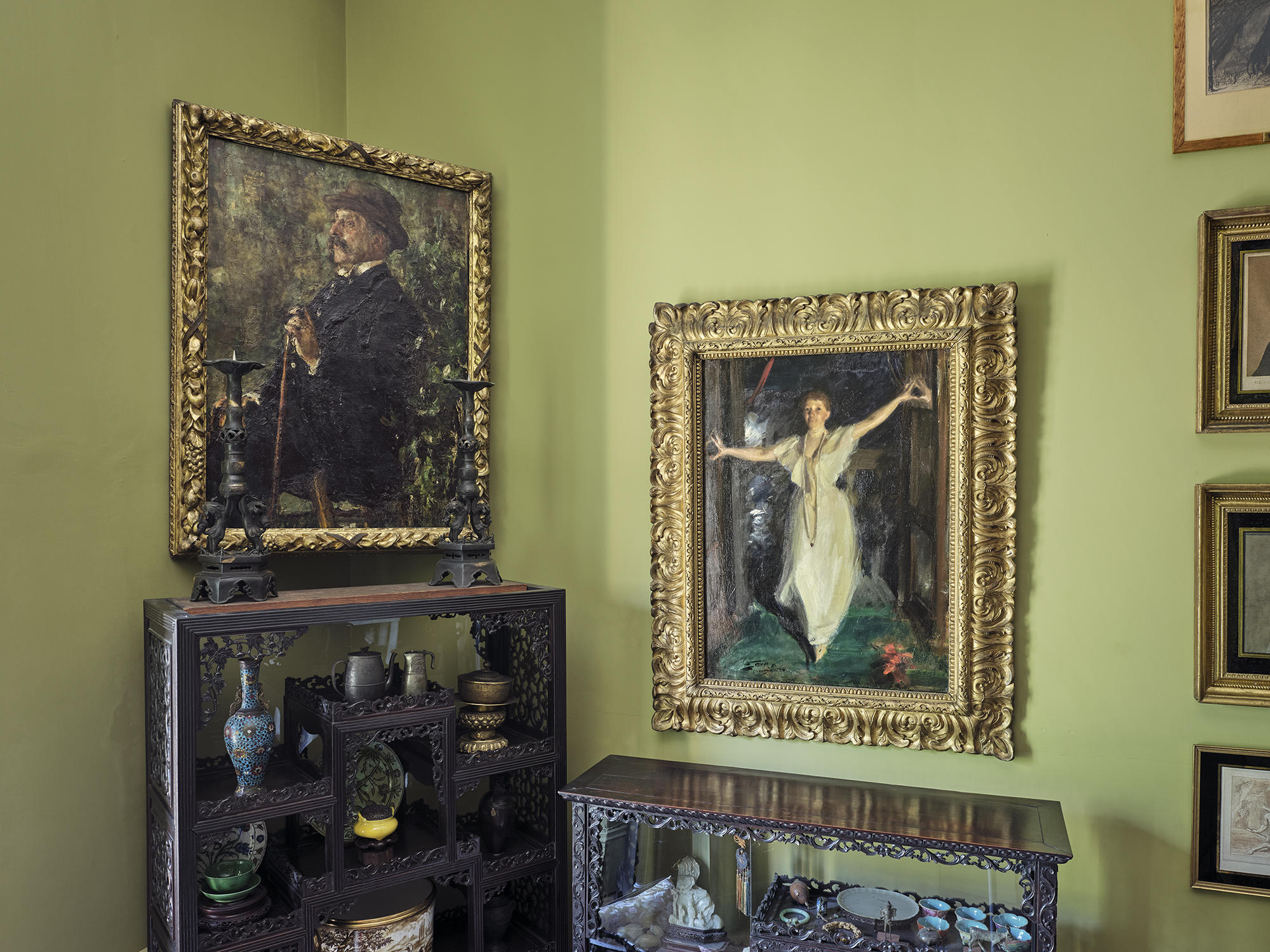Ancestors are family. Throughout history, people have celebrated their lineage and honored their ancestors for the knowledge and traits they hand down to us as well as the strength they modeled to empower us.
2019 Artist-in-Residence, Zanele Muholi, who identifies as non-binary, has been described as one of the most powerful visual activists of our time. Born and raised in Umlazi, Durban, KwaZulu-Nata at the height of South Africa’s Apartheid, their work explores the lives of LGBTQIA+ communities and celebrates women who nurture others.
In an ongoing series of photographs titled Somnyama Ngonyama, Muholi creates striking self-portraits layered with historical, cultural, and political meanings. Several photographic works in this series honor their mother, Bester Muholi, for the strength, courage, and resilience she demonstrated daily amid the violence and oppression experienced predominantly by Black women in South Africa during Apartheid.
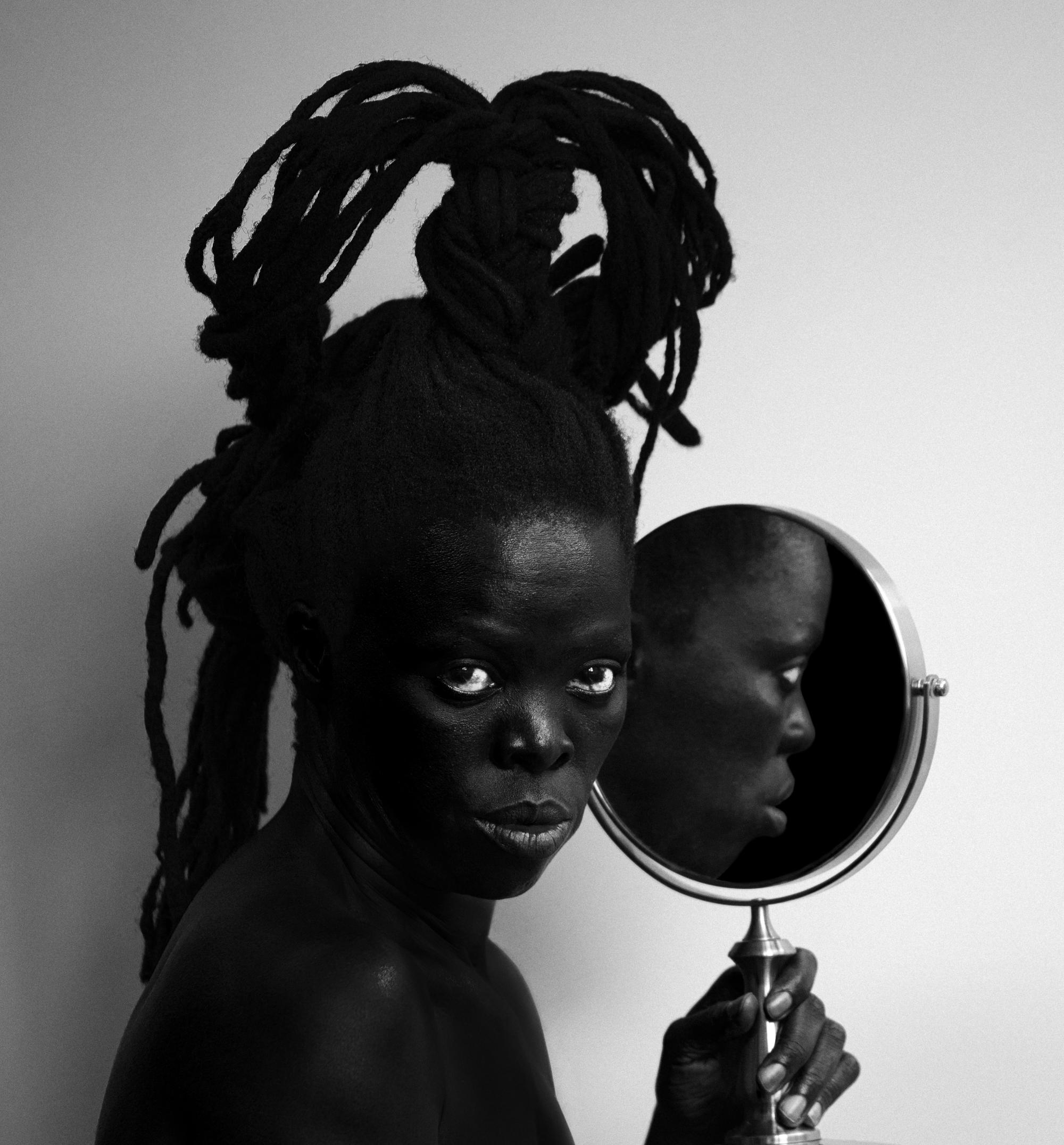
Zanele Muholi (South African, born 1972), Zazi II, 2019
© Zanele Muholi. Courtesy of the artist, Yancey Richardson Gallery, New York and Stevenson Gallery, Cape Town/Johannesburg
Part of Somnyama Ngonyama, Zazi II (2019) is one of several works Muholi created during their residency at the museum.
Bester Muholi became the sole breadwinner of her family working as a domestic servant, leaving Zanele and their siblings with relatives. She wanted to ensure a better life for them while she worked cooking, cleaning, and caring for an Afrikaner family. In Somnyama Ngonyama, Bester is represented regally—as a tribal leader wearing majestic headdresses and looking straight at the viewer with strength and conviction. On closer examination, it is apparent that these objects evoke social and personal history. Each crown is created with household items such as close pins, feather dusters, rugs, and scrubbing pads, which their mother would have used in her chores as a maid.
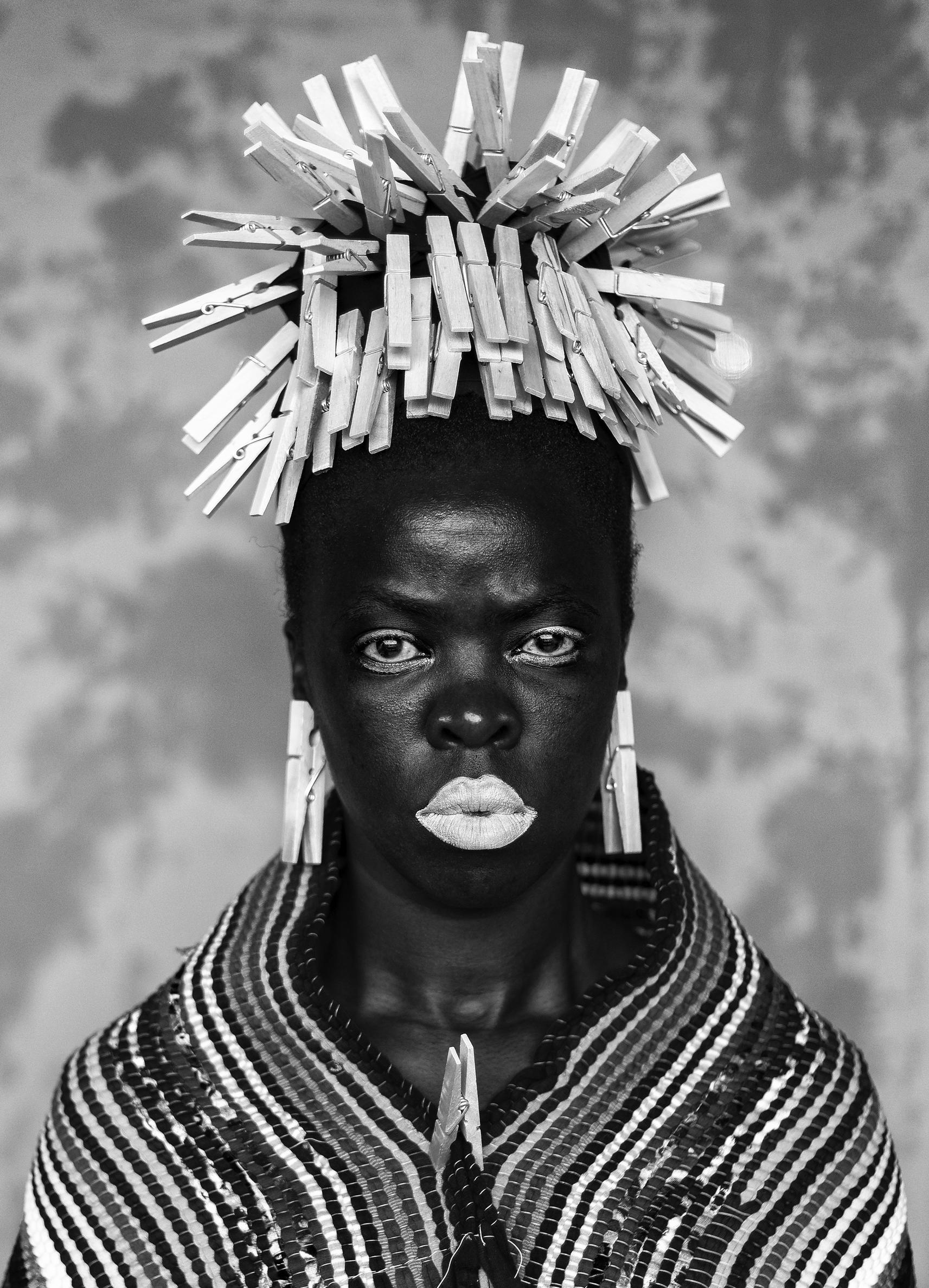
Zanele Muholi (South African, born 1972), Bester I, Mayotte, 2015
© Zanele Muholi. Courtesy of the artist, Yancey Richardson Gallery, New York and Stevenson Gallery, Cape Town/Johannesburg
Muholi comments, “This is the story of my mother told through me because I’m her blood, her flesh, and water. This is how I connect with my mother. This is how I want to remember my mother who was so beautiful but never had an opportunity to be on the cover of any magazine…I believe that her spirit is with us.”
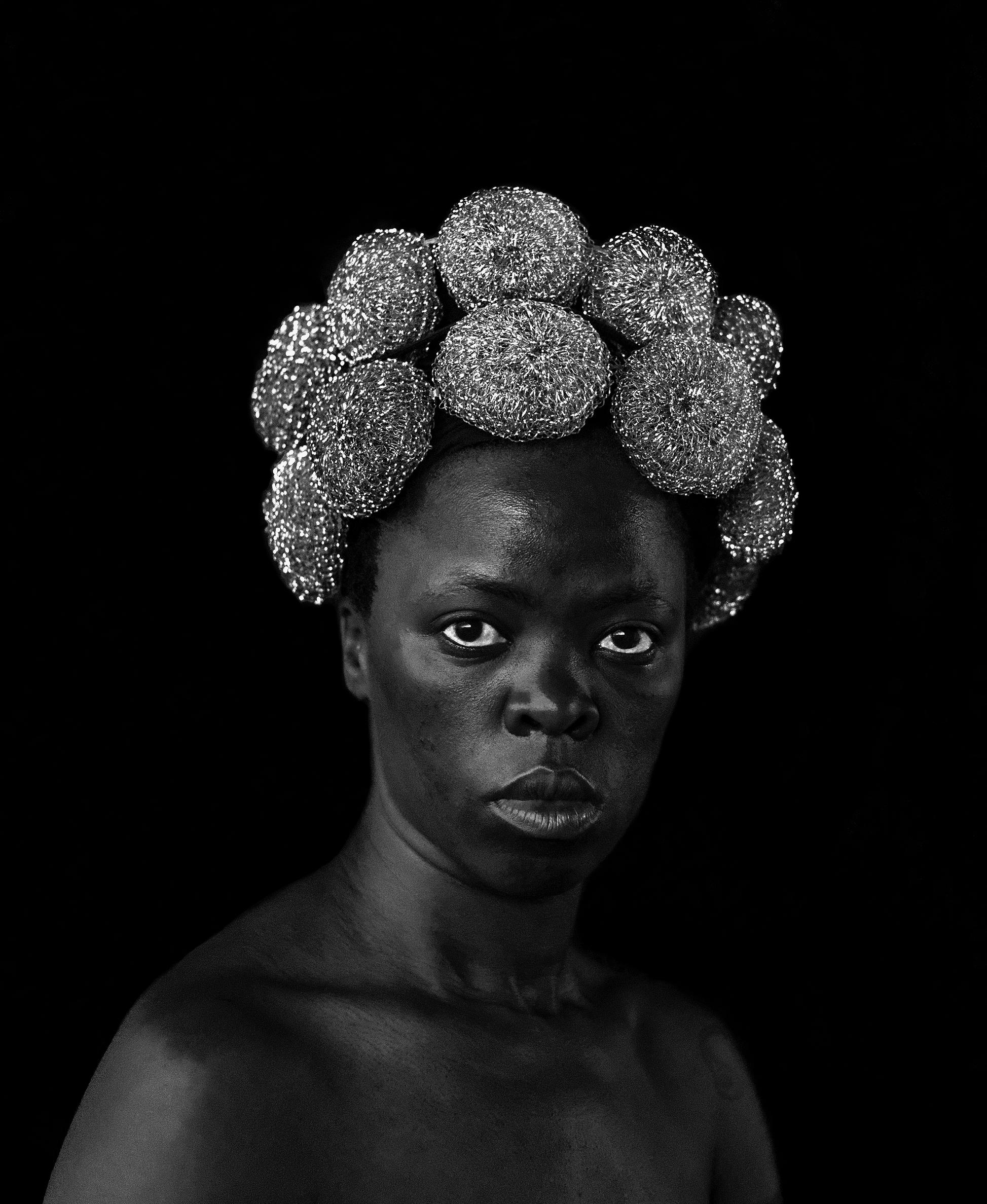
Zanele Muholi (South African, born 1972), Bester V, Mayotte, 2015
© Zanele Muholi. Courtesy of the artist, Yancey Richardson Gallery, New York and Stevenson Gallery, Cape Town/Johannesburg
Isabella Stewart Gardner and Zanele Muholi have vastly different lived experiences but both are examples of women who questioned traditional roles and embraced radical ideas. Isabella, known as a powerhouse in her time, celebrated and honored her female ancestors in her museum and was influenced by the gifts and abilities that were passed along to her.
In the Short Gallery Isabella installed portraits, awards, and personal objects that were handed down by way of her paternal grandmother and namesake, Isabella Tod Stewart, and her great grandmother, Mary Stewart. These family portraits were installed in proximity to Anders Zorn’s famous portrait of Isabella brimming with life and zeal as she turns and beckons to her friends to join her. Her raised arms resting on the door frame as fireworks light up the night sky behind her.
It has been written that Isabella spent several happy summers on her grandmother's farm in New York State which Isabella Tod Stewart managed exclusively after her husband's early death. Surely the young Isabella was influenced by her grandmother’s determination, independent spirit, and savinness in handling her personal and professional affairs—especially in a time when women didn’t have much latitude outside of domestic duties.
Isabella also kept a hand-colored photograph of her mother, Adelia Smith Stewart, close to her in the Vatichino, a private room adjacent to her office where she stored personal mementos, souvenirs, and artworks. Another keepsake which resides here is Isabella’s hand-written recipe book. This book, which she likely began with the help of her mother and their family cook, is filled with family recipes and favorites that were added over the years. It gives us a window into her favorite nibbles as well as her cultural identity and heritage.
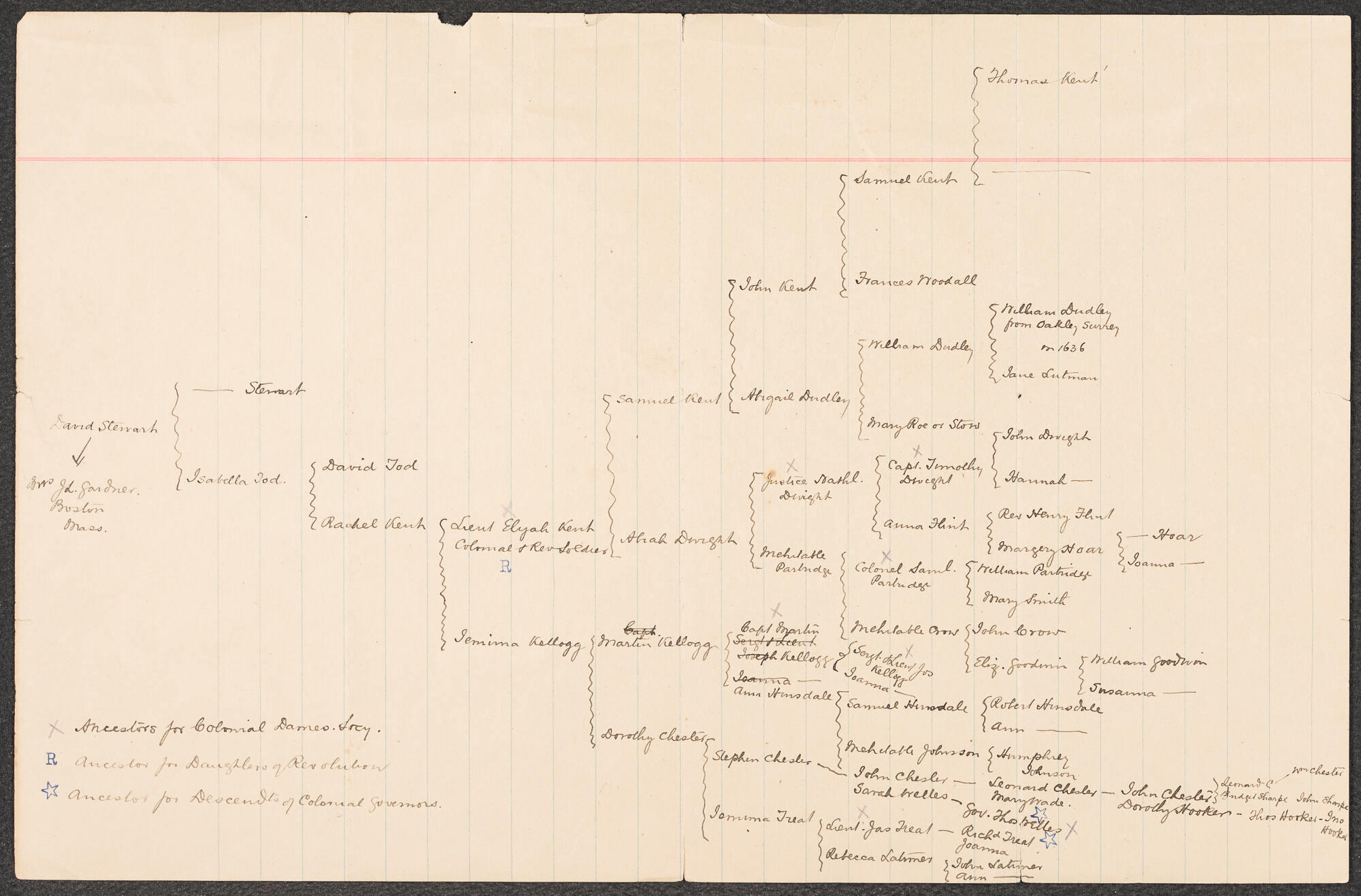
American, Genealogy of Isabella Tod and the Kent Family, 19th century
Isabella Stewart Gardner Museum, Boston (ARC.009025)
We are all influenced by the culture in which we are raised. Traditions, stories, ideas, and resources are passed across generations. Our ancestors impact who we are today and help us understand where we came from. Unfortunately, few of Isabella’s writings survive, so we don’t know how she would articulate the influence her foremothers had on her. Muholi acknowledges the importance of these relationships on their own life, commenting:
I like to use they/them when I’m addressed which has literal connections with the gender element but the they/them and me, is like, I’m handing it. All the energies that are in this place connect with my ancestors and everything in my being.
You May Also Like

Explore the Exhibition
Being Muholi: Portraits as Resistance

Explore the Collection
William Thomson (active New York, 1809–1845) and the Agricultural Society of New York (active New York, early 19th century), <em>Pitcher</em>, about 1821

Explore the Collection
Isabella Stewart Gardner (American, 1840–1924) and Adelia Smith Stewart (American, 1814–1886), <em>Recipe Book</em>, about 1860
